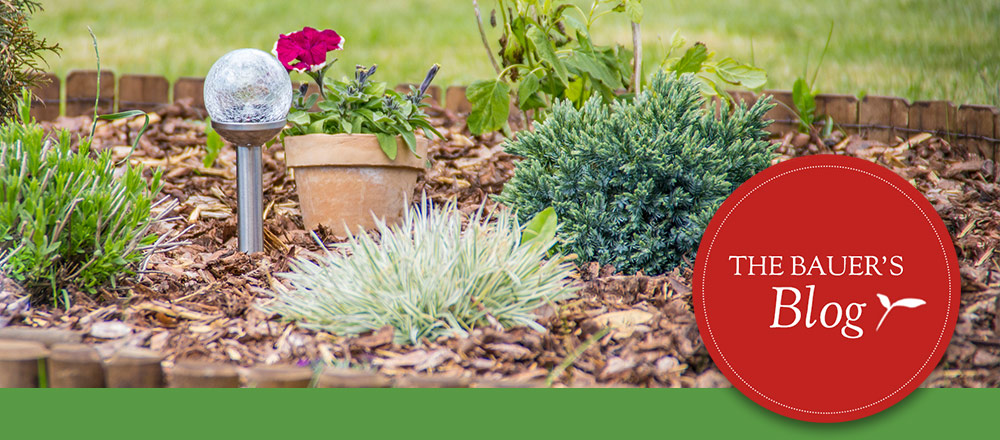According to a new study by the University of Colorado researchers, indoor air quality can get just as bad as the air in highly polluted cities. Between cleaning, cooking, and other household activities, toxic elements can get released into the air. Not to mention how indoor mold can develop and release airborne spores.
Scary right? You might be wondering how you should be able to live and house your loved ones in such a terrible environment.
The answer is air-cleaning plants!
This is not an urban myth! One of the most prestigious institutions in the world, NASA, has tried, tested, and successfully used air-cleaning plants in their space exploration projects to keep the toxins cleaned up. These plants are a simple and cost-effective method to improve air quality inside the house, that under normal circumstances, contain toxins like formaldehyde and benzene, among others.

How Do Plants Clean Air
Like humans, every plant breathes. While we live on oxygen, plants thrive on carbon dioxide. As plants absorb carbon dioxide, they also breathe in toxins which they absorb into their root system. For example, Boston Ferns, a terrific air cleaner, have symbiotic microbes in its root system that feed on the formaldehyde – almost as if it’s fertilizer. The bad stuff in the air boosts the health of the plant while taking it away from our lungs. Each air-cleaning plant has a similar process to clean their surroundings.
Best Air-Cleaning Plants for Indoors
Not every houseplant is created equal – there are a few plants that are bigger powerhouses when it comes to cleaning indoor air. Fortunately, they’re also some of our favorite houseplants and are available at our garden center.
Boston Fern
We’ll start with what NASA used for their study. The oldest houseplant in the world, the Boston Fern, is a well known and powerful cleaner. Their high transpiration rate – how much air they take in and process every hour – helps them devour everything from chemicals to mold.
This low maintenance, air-cleaning plant has proved its worth as a popular houseplant choice since the Victorian era and will thrive in even moderately lit rooms.

Peace Lily
The humble peace lily can absorb carcinogen benzene, which is an off-gas produced from paint and fabrics that are used to decorate homes. A Peace Lily can even absorb acetone from electronics too, making it a favorite plant to decorate entertainment rooms, entryways and to use during renovations. For optimal growth, keep the soil moist. It will produce gorgeous and elegant white flowers year ‘round, making it a popular statement plant that isn’t just a pretty face!
Bamboo Palm
Bamboo Palm is not just a life-saver, but a space-saver too. Also known as Reed Palm, this thin air-cleaning plant can find home in narrow corners and will light up rooms with its vibrant bright green color. It can absorb both benzene and trichloroethylene, two compounds that slowly leach out from many synthetic fabrics. Keeping a bamboo palm close by new curtains and sofas can help prevent circulation of these toxins in the house. All while adding a living element and without sacrificing square footage in your decor.

English Ivy
Did you know that English Ivy is one of the easiest air-cleaning plants to grow and maintain? This vine is a savior in disguise for people with allergies since it absorbs mold.
Studies claim that levels of airborne mold are reduced 60% within hours of introducing English Ivy. However, you are what you eat, and it should be kept away from children and pets because if ingested, it is toxic to humans and pets. You’ll love the cascading flow of this ivy hanging from the ceiling or placed high above cabinets or other shelving.
Spider Plant
Another plant that can absorb formaldehyde and benzene is the Spider Plant. Due to its ability to tackle carbon monoxide, the odorless killer, this is an ideal plant to place near fireplaces and in kitchen areas. This air-cleaning plant is hard to kill and requires little light to grow, making it a popular choice for beginners or those that want a low-maintenance option. We love the bedhead look of these plants and that they tend to thrive even on a little bit of neglect.
We all want to have a little peace of mind about the air we breathe inside our homes. We’re worried about outdoor pollution, but we’re rarely aware that the air inside is sometimes just as polluted as outside. Unfortunately, the walls of our home can’t protect us from toxins and molds, but the simple addition of some toxin-eating plants can do enough to set your mind at ease. Not only that but bringing one of these gorgeous plants home is a great way to add beautiful living green accents to your interior decor!
NASA guidelines call for at least two air-cleaners for every 100 square feet of your home for the very best of air cleaning – but it’s most important to place them in those trouble spots like beside electronics, furnaces, and fabrics that could be gassing-off unhealthy chemicals. Breathe a little easier at home with the help of these adorable and helpful air-cleaning powerhouses.







Leave A Comment